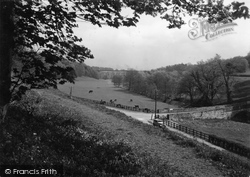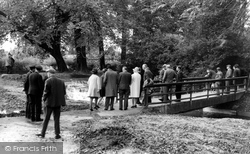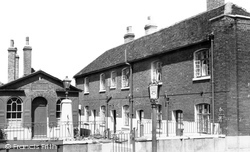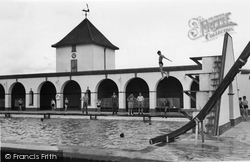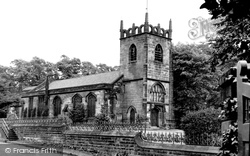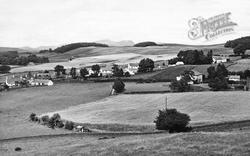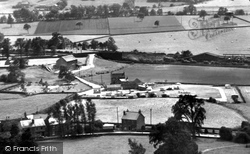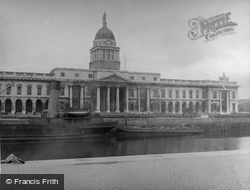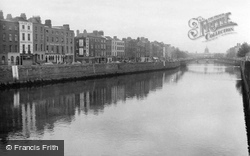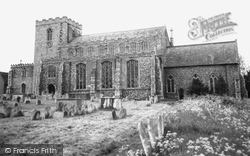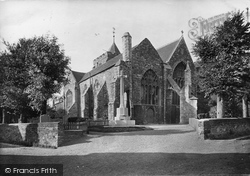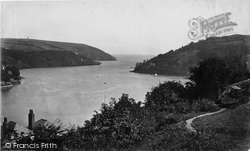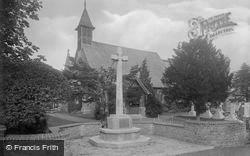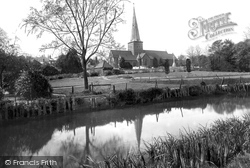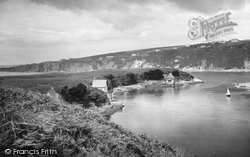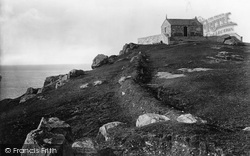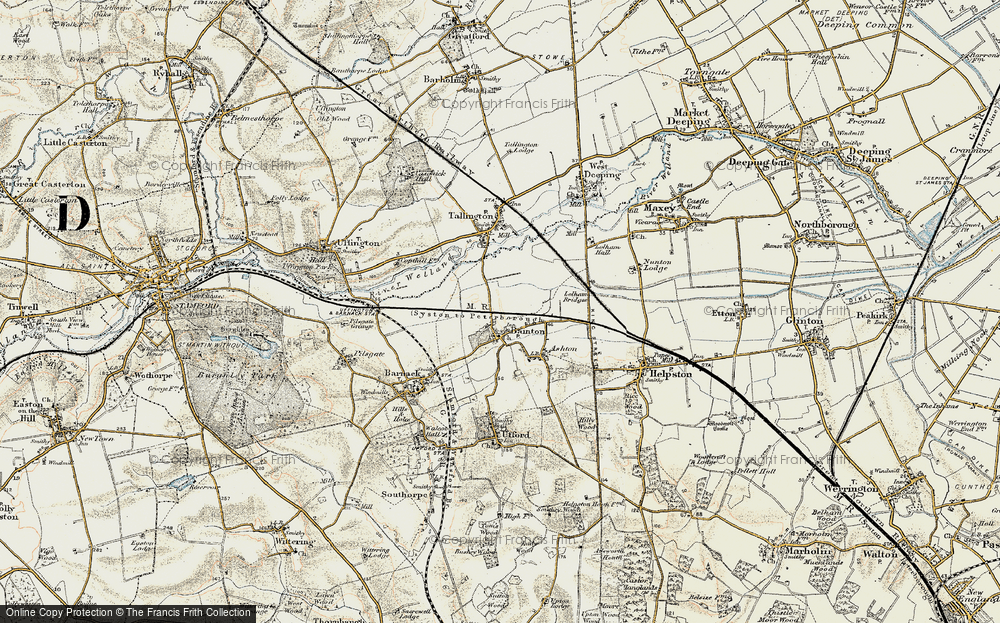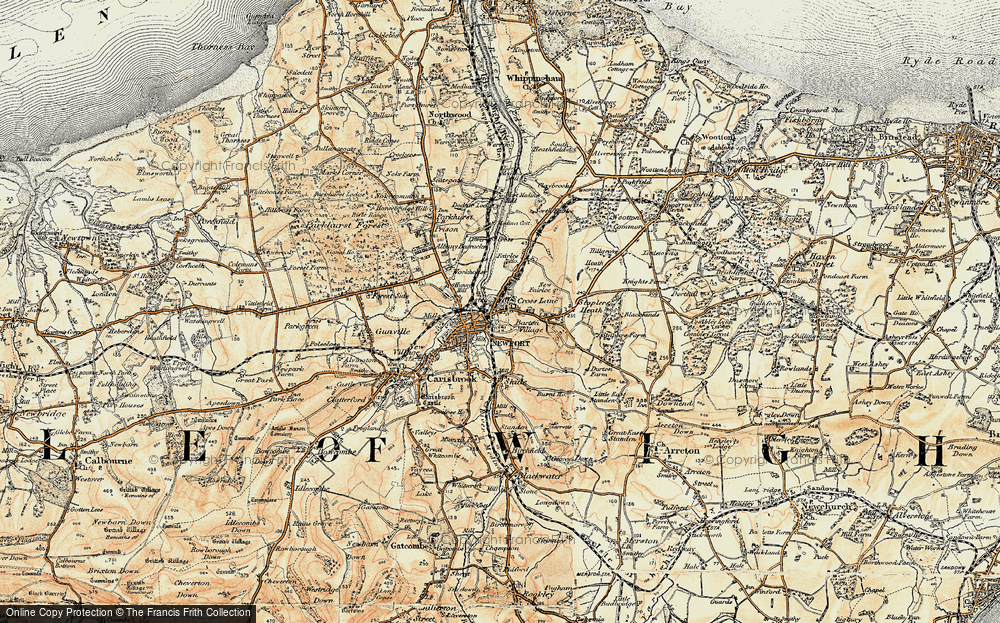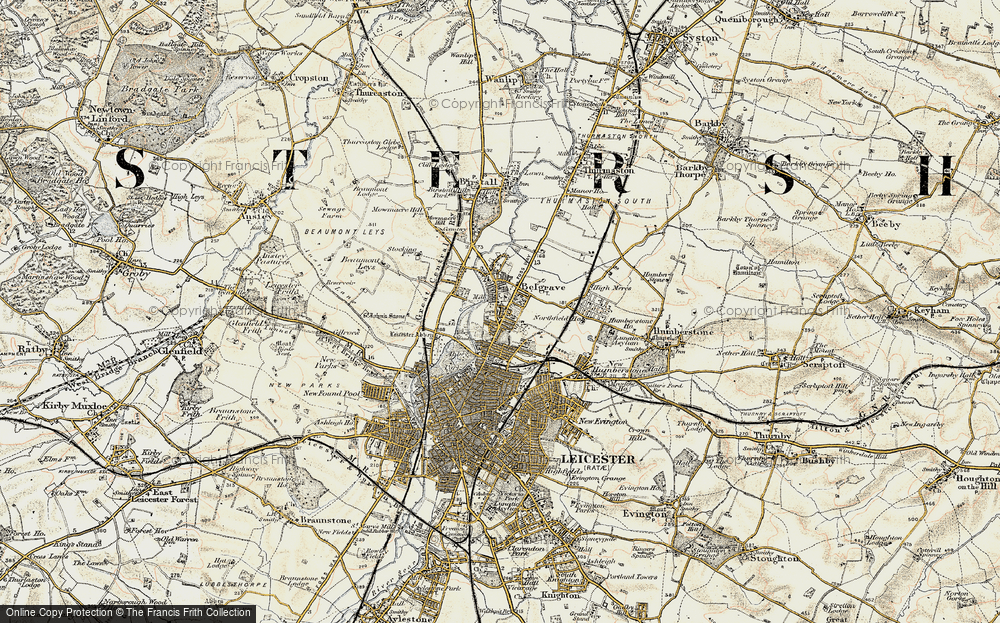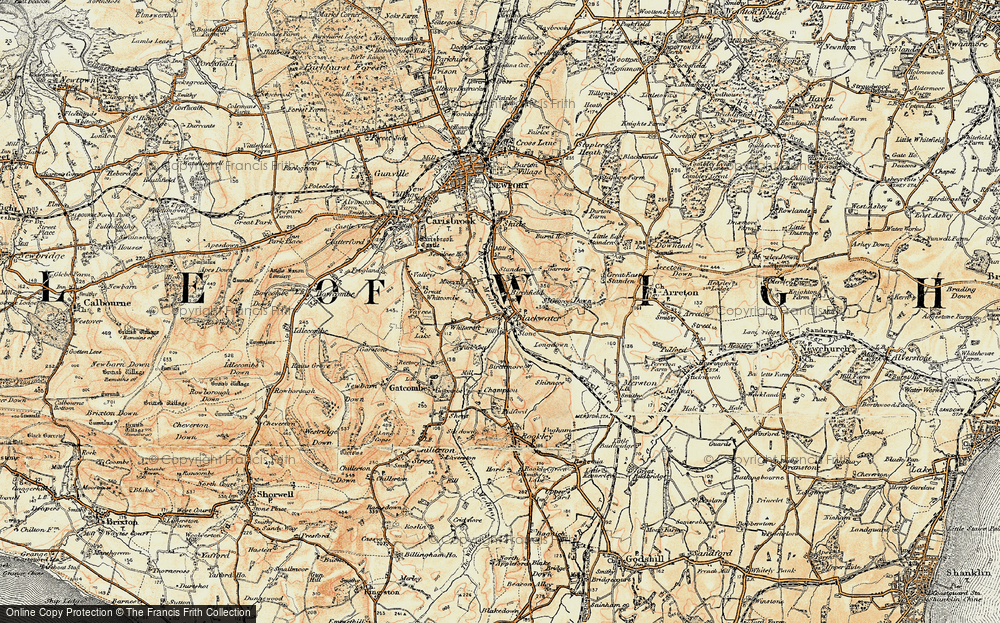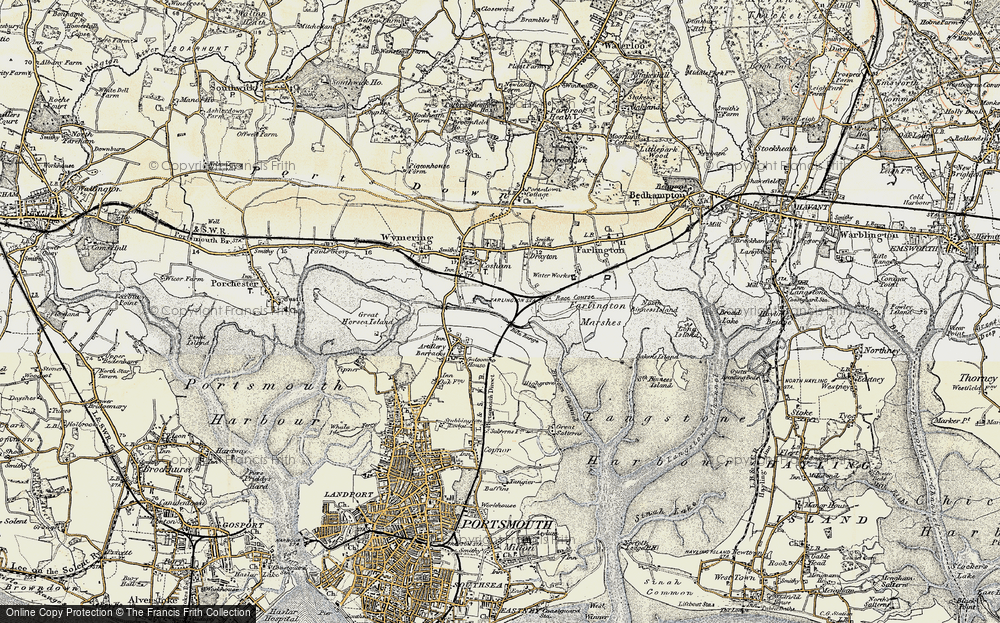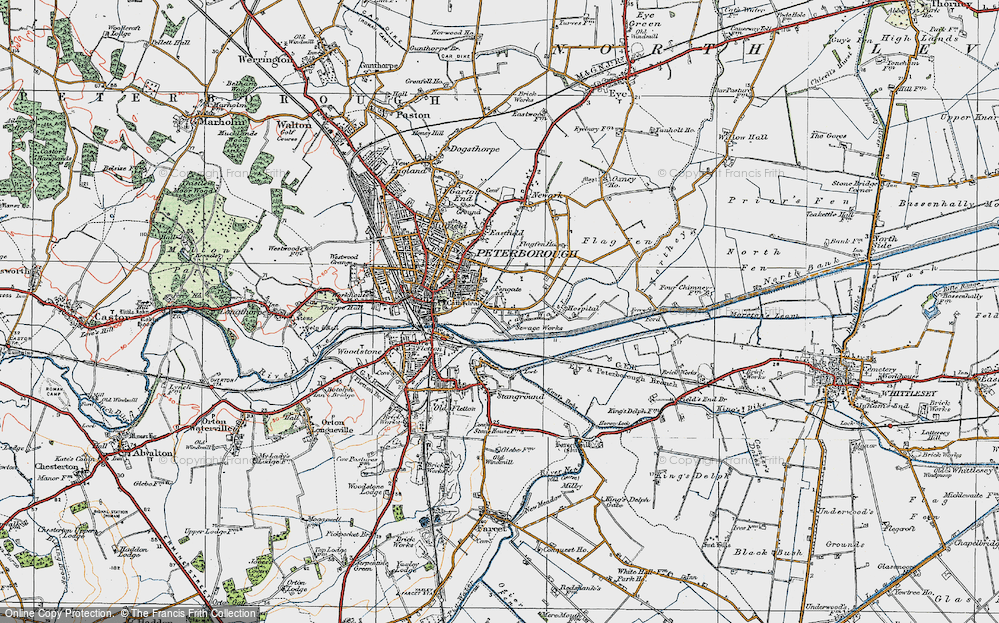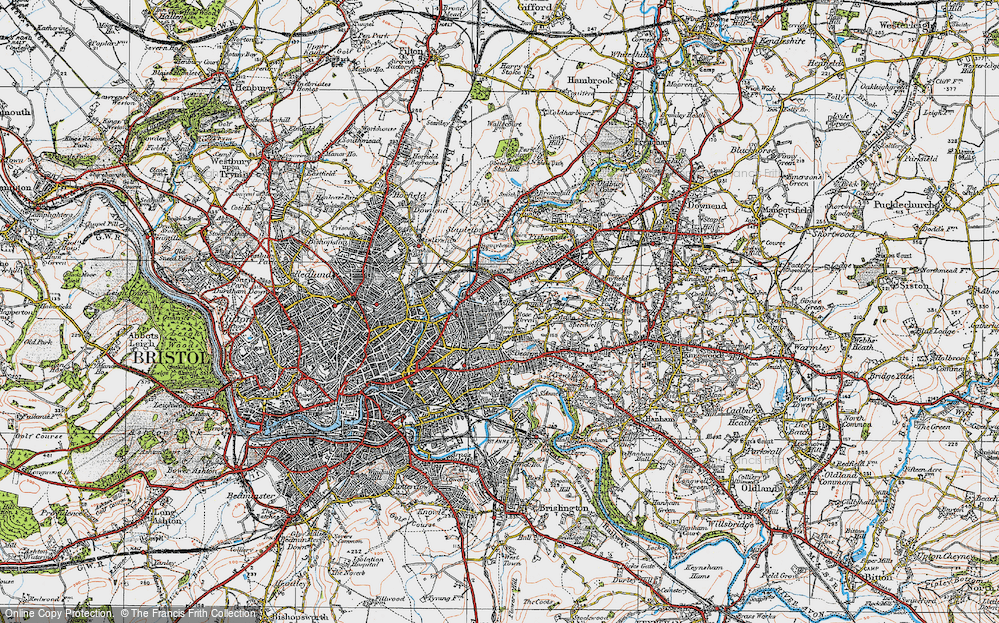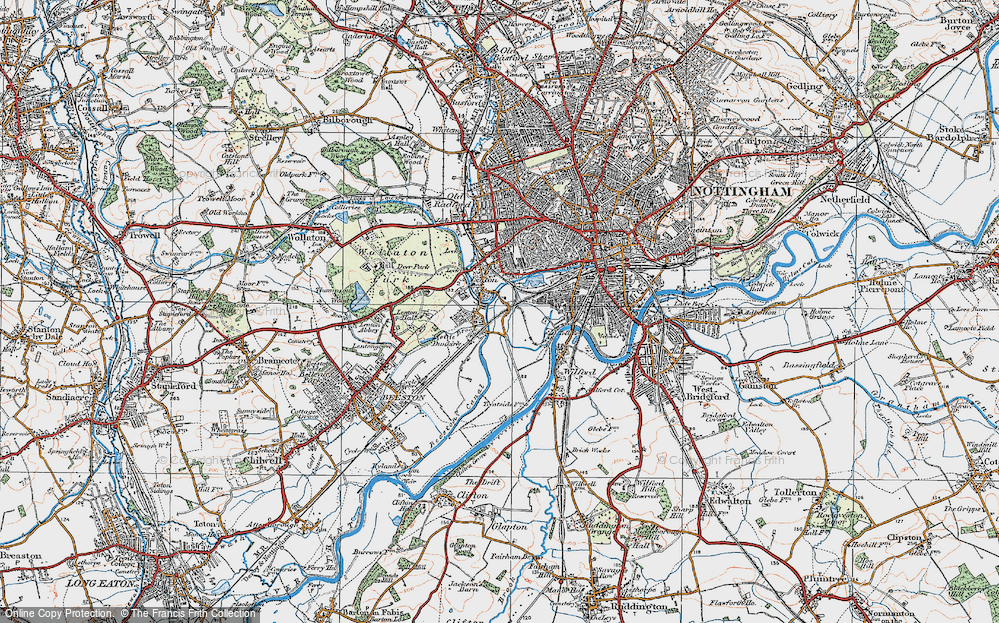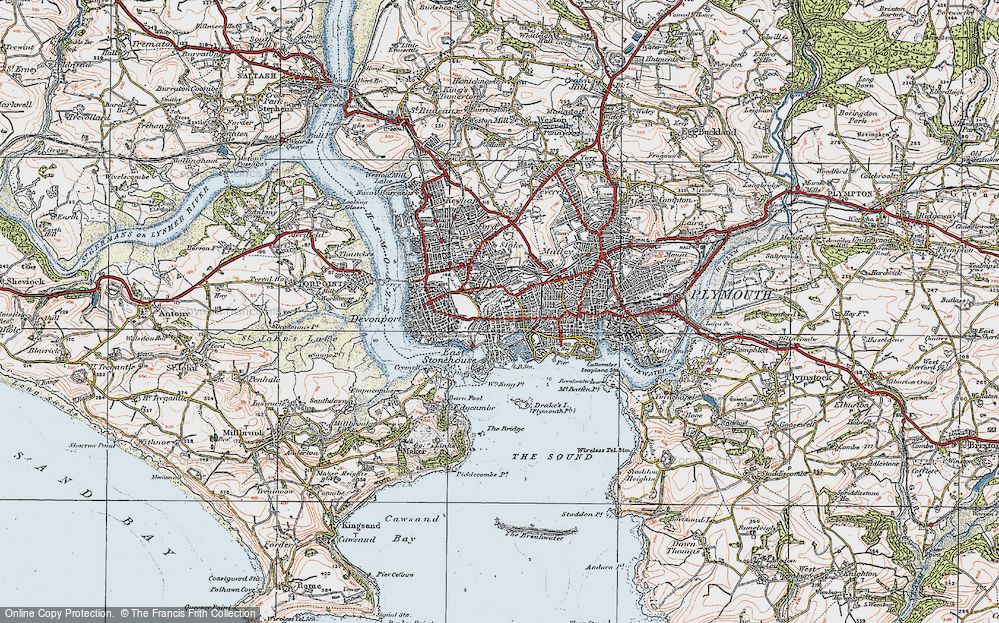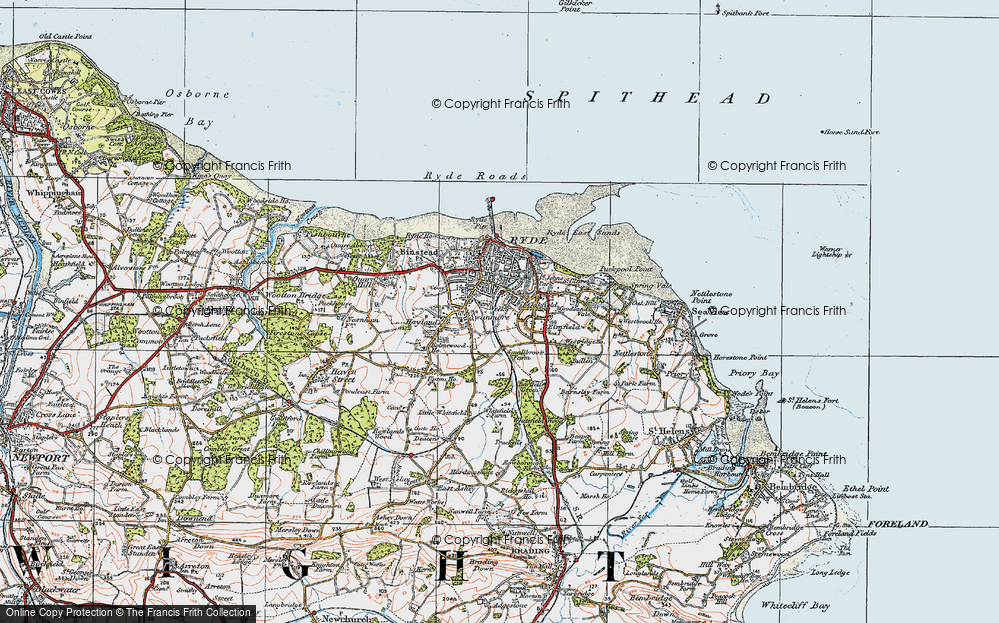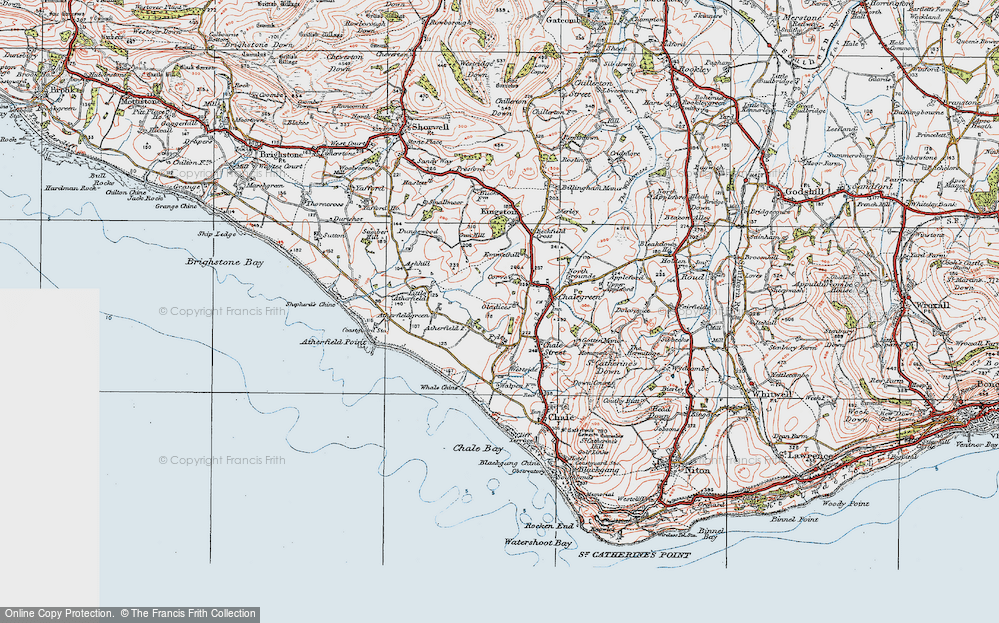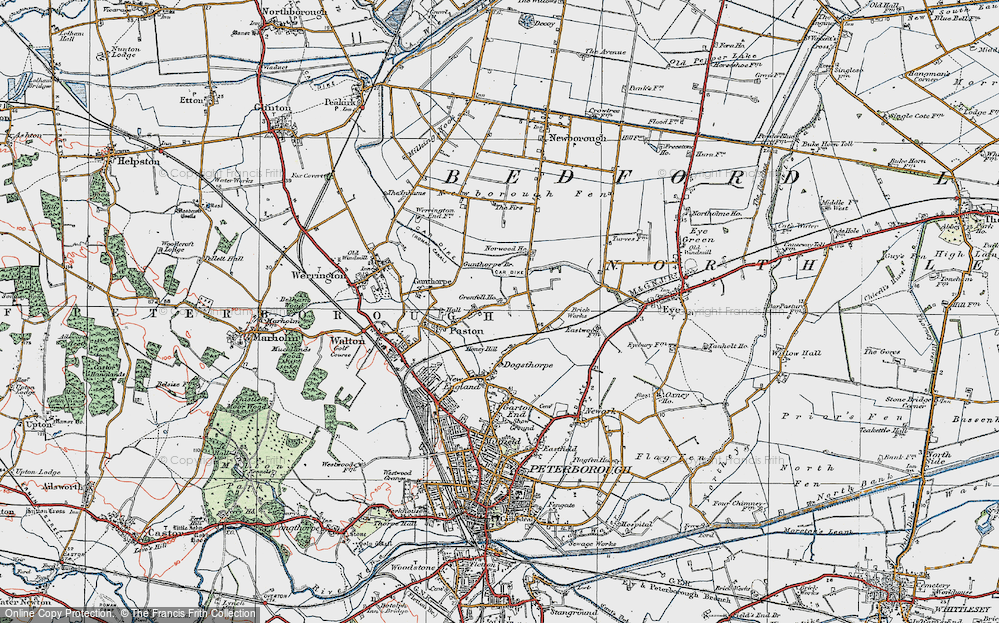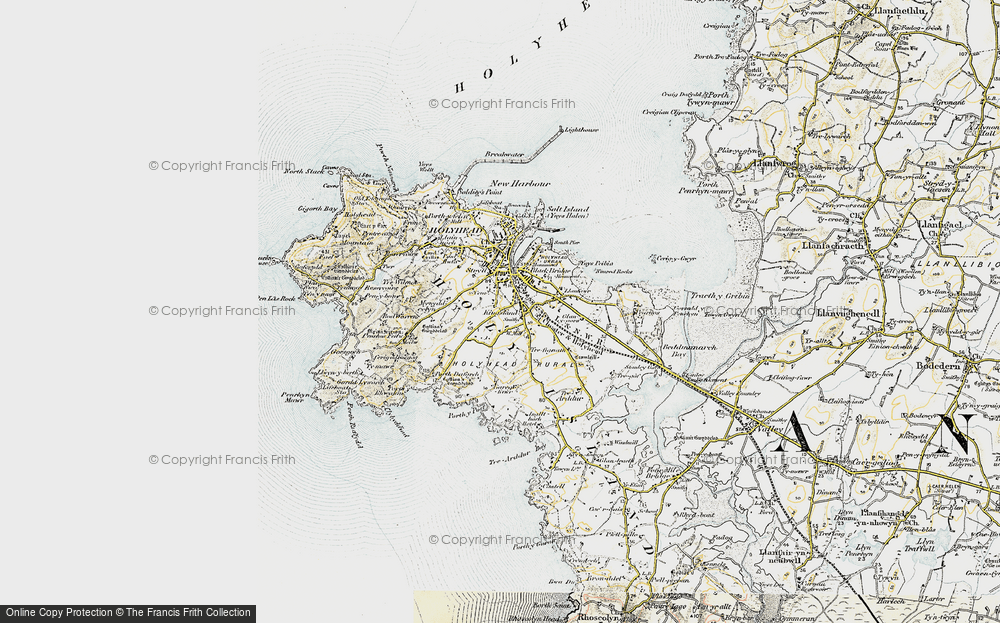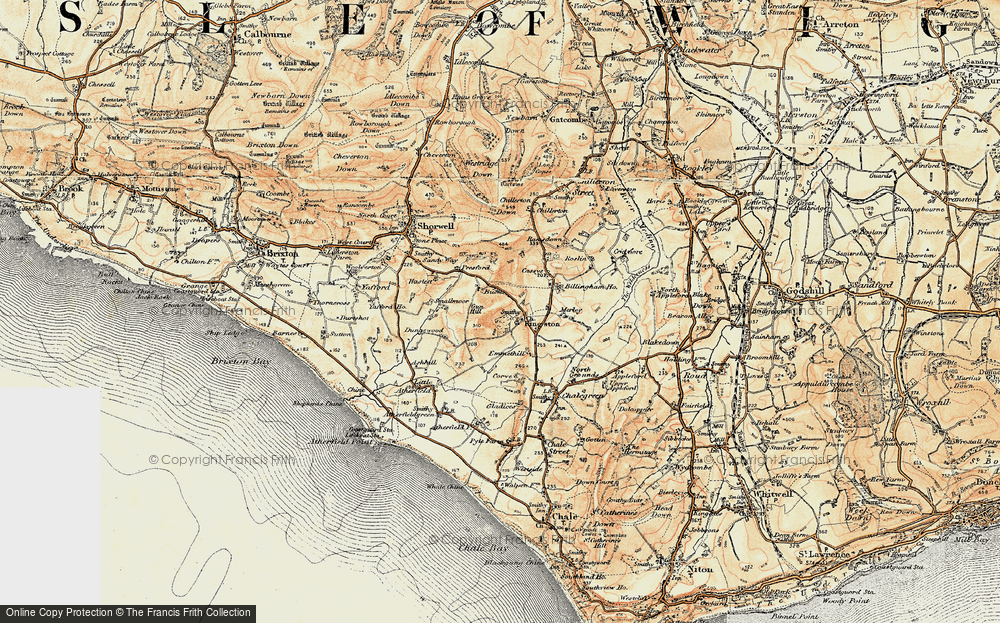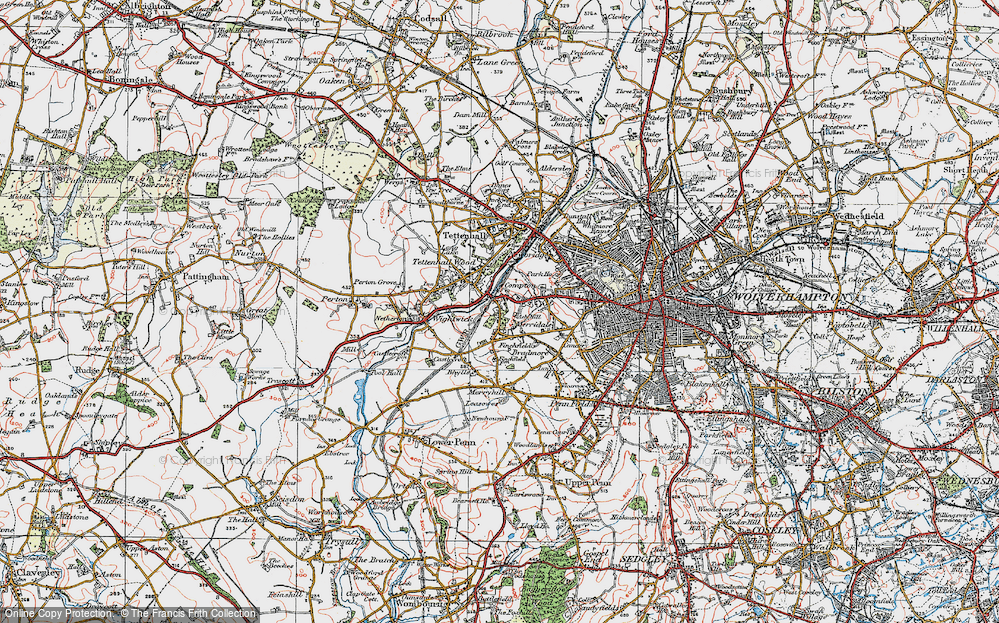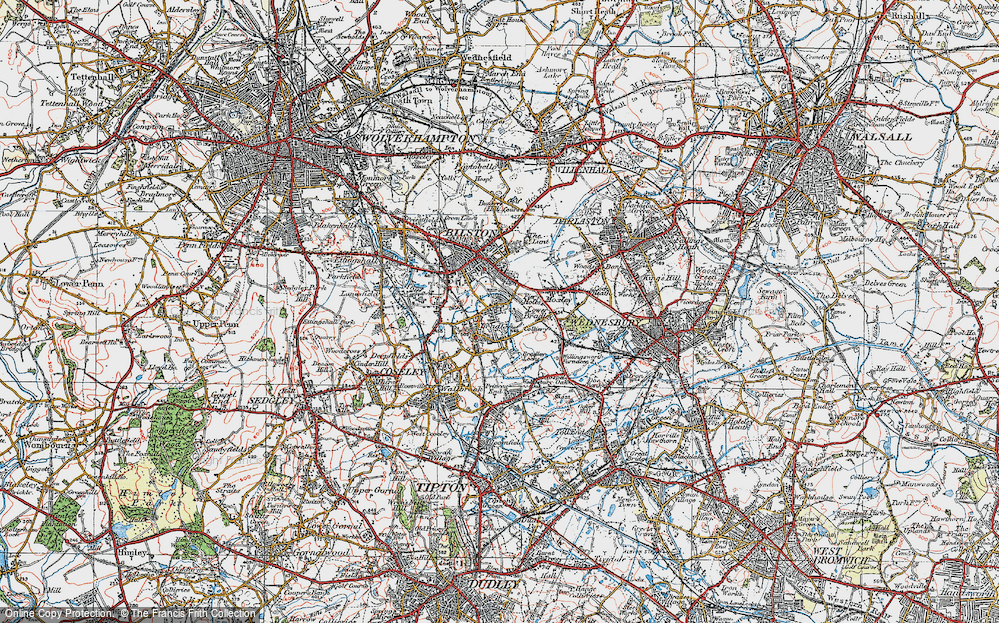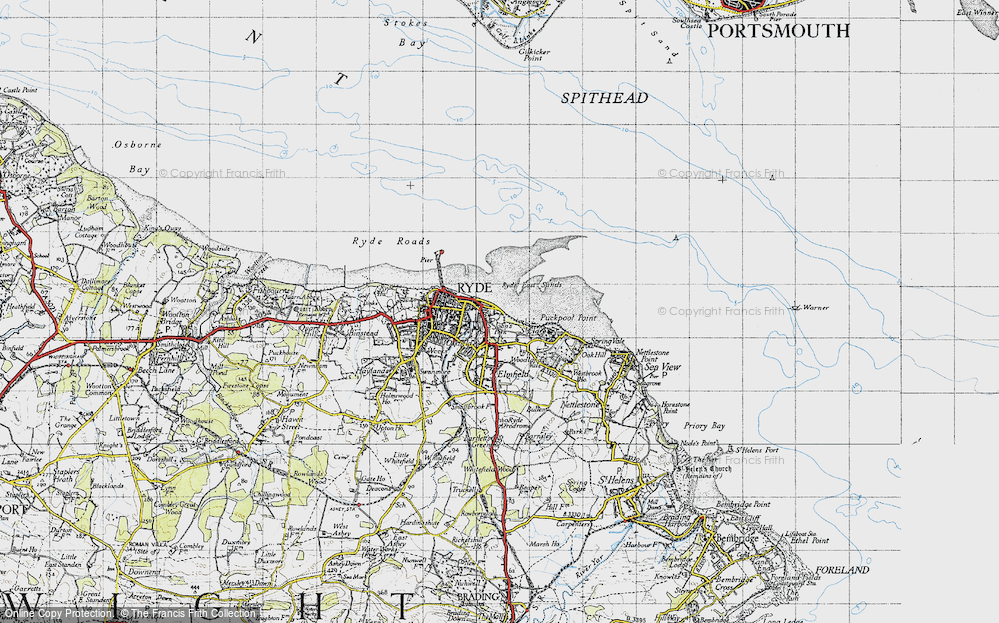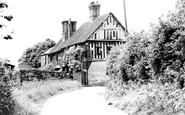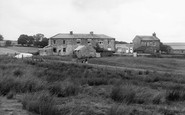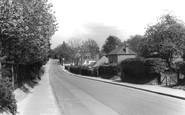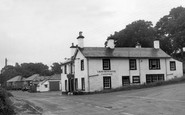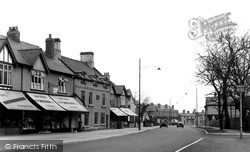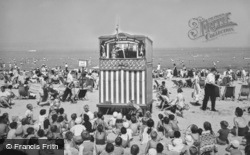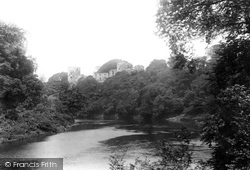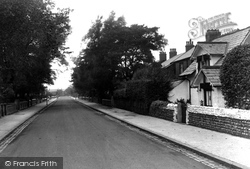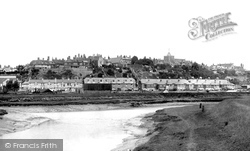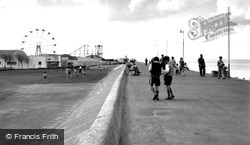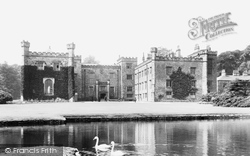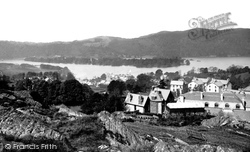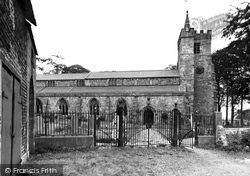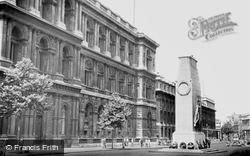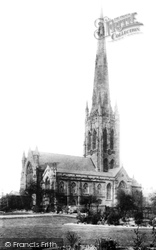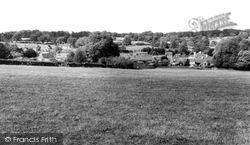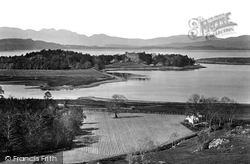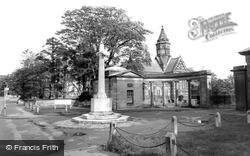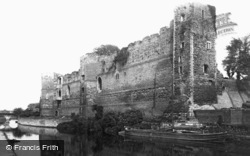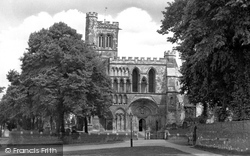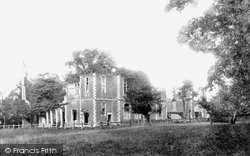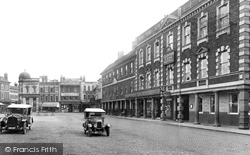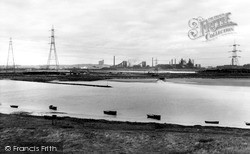Merry Christmas & Happy New Year!
Christmas Deliveries: If you placed an order on or before midday on Friday 19th December for Christmas delivery it was despatched before the Royal Mail or Parcel Force deadline and therefore should be received in time for Christmas. Orders placed after midday on Friday 19th December will be delivered in the New Year.
Please Note: Our offices and factory are now closed until Monday 5th January when we will be pleased to deal with any queries that have arisen during the holiday period.
During the holiday our Gift Cards may still be ordered for any last minute orders and will be sent automatically by email direct to your recipient - see here: Gift Cards
Places
36 places found.
Those places high-lighted have photos. All locations may have maps, books and memories.
- Shanklin, Isle of Wight
- Ventnor, Isle of Wight
- Ryde, Isle of Wight
- Cowes, Isle of Wight
- Sandown, Isle of Wight
- Port of Ness, Western Isles
- London, Greater London
- Cambridge, Cambridgeshire
- Dublin, Republic of Ireland
- Killarney, Republic of Ireland
- Douglas, Isle of Man
- Plymouth, Devon
- Newport, Isle of Wight
- Southwold, Suffolk
- Bristol, Avon
- Lowestoft, Suffolk
- Cromer, Norfolk
- Edinburgh, Lothian
- Maldon, Essex
- Clacton-On-Sea, Essex
- Felixstowe, Suffolk
- Norwich, Norfolk
- Hitchin, Hertfordshire
- Stevenage, Hertfordshire
- Colchester, Essex
- Nottingham, Nottinghamshire
- Bedford, Bedfordshire
- Bury St Edmunds, Suffolk
- Aldeburgh, Suffolk
- St Albans, Hertfordshire
- Hunstanton, Norfolk
- Chelmsford, Essex
- Bishop's Stortford, Hertfordshire
- Peterborough, Cambridgeshire
- Brentwood, Essex
- Glengarriff, Republic of Ireland
Photos
9,107 photos found. Showing results 481 to 500.
Maps
181,006 maps found.
Books
11 books found. Showing results 577 to 11.
Memories
29,072 memories found. Showing results 241 to 250.
I Lived Here
I lived at The Malt House, Claverdon in the early mid 1960s. It was owned at the time by Mr Jefferson who lived in a lovely new bungalow a little further away. I loved this house even if it was a bit unusual to live in. I went to ...Read more
A memory of Claverdon in 1964 by
Stanley Road, South Harrow
I lived with my foster family in Stanley Road South Harrow, during the war. Our house backed on to the gas works and I always wanted to climb the gasometer which I did eventually with a friend from across the road. At ...Read more
A memory of South Harrow in 1940 by
Our Home For 30+ Years
Mam and Dad, Lizzie and Edwin Ridley, moved into Slaghill (the cottage on the right of the picture) in 1948 when I was 3 years old. Dad died there in December 1978 and Mam moved up to Chapel Cottages soon afterwards. There ...Read more
A memory of Allenheads in 1948 by
Town Hall
I think this a picture of Abergavenny Town Hall, but am not sure. When we were staying in Abergavenny we lived outside, in Albany Road, on the way to the Rholben and the Deri, which we often climbed and as we didn't go into the town ...Read more
A memory of Abergavenny in 1940 by
Claremont Aldershot Road
The house on the right hand side of this picture was called Claremont. We lived there in the early 60s. There were two cottages to the side. In one of those cottages lived a girl called Elizabeth Holland, she ...Read more
A memory of Church Crookham by
Cross Keys Garage
Seeing these photographs has taken me right back in time. We moved to Canonbie in 1950. My father and uncle owned the Cross Keys Garage seen in the background of this photo next to the hotel. The two bungalows beyond were built ...Read more
A memory of Canonbie in 1955 by
Good Times
We came down from Scotland to Stoke in 1953 as my dad had got a job in the newly opened Pit Hem Heath. As children we used to stay at the house which is sitting in front of the pit . We used to go across the brook on the pipe what ran ...Read more
A memory of Hem Heath in 1960 by
Grandparents
My nanny & granddad lived in Orrell Park, Westfield Road. I remember very well growing up because I lived in Aintree at that time, visiting them with mum & dad. We would get the number 60 bus up to the corner of their ...Read more
A memory of Orrell in 1953 by
Vacations!
As young parents along with our two daughters we would spend many happy vacations in Pwllheli. Mostly at Butlins Holiday Camp. So many happy memories, arriving at the camp, hoping we would get Blue Camp as it was closer to the ...Read more
A memory of Pwllheli in 1972 by
My First Memory Of Newburgh
My very first memory of Newburgh was going for a walk Beside the Ythan
A memory of Newburgh in 1964 by
Your search returned a large number of results. Please try to refine your search further.
Captions
29,158 captions found. Showing results 577 to 600.
The eclectic mix of architectural styles, ranging from the thatched roof of the single-storey old post office and the slab-fronted agricultural dwelling next to it, to the generously featured
It was the early use of bathing machines that made Weymouth such a popular resort for sea bathing.The larger machines ran down into the water on rails and consisted of a number of cubicles.
Overlooking the Clyde to the north of the present town of Bothwell, the castle is still an impressive sight despite being a ruin.
This quiet road is built over an earlier byway bordering the extensive area of common land that was enclosed, drained and extensively farmed from the 17th century.
Rye, set on its sandstone isle rising from the flat fen of Romney Marsh, still presents something of a medieval picture, dominated by the great church of St Mary.
Although there is no evidence of habitation here before the 17th century, this windswept north-west corner of the Isle of Sheppey has since enjoyed a measure of success as a seaside resort as a result
Townley Hall was first opened to the people of Burnley on 20 May 1903. The opening ceremony was performed by the Earl of Roseberry.
The newly-built villas of Bowness-on-Windermere spread out towards the viewpoint of Biskey How in this view of the lake, looking towards the wooded island of Belle Isle, with the Claife Heights beyond
The newly-built villas of Bowness-on-Windermere spread out towards the viewpoint of Biskey How in this view of the lake, looking towards the wooded island of Belle Isle, with the Claife Heights beyond.
This is all that remains of the magnificent west front of the Abbey, now reduced in height and stripped of its facing stone.
The ancient church of St Helen, known as 'the cathedral of the Fylde', dates from the 12th century and was once the parish church for Garstang, two miles away.
North of the Palace of Westminster, Whitehall heads north towards Trafalgar Square.
Great Easton lies in the south-east corner of the county, to the south of Eye Brook Reservoir, and to the north of industrial Corby, on the very edge of the Welland Valley.
Although a church dedicated to St Elphin is recorded in the Domesday Book of 1086, there had probably been a place of worship here from the 7th century.
This lovely view, typical of this area, shows the landscape where the author Thomas Hardy set The Woodlanders.
Situated on a rocky promontory four miles north of Oban where the waters of Loch Etive and the Firth of Lorne meet, Dunstaffnage was built on the orders of Alexander II.
Although it is the church serving the parish of Hooton, St Paul's Church sits much closer to the nearby village of Little Sutton.
It was Alexander, Bishop of Lincoln and lord of the manor, who replaced the original Norman timber fortress with one of stone, employing Ranulph of Durham to build the gatehouse; Newark thus became one
King Henry I founded an Augustinian priory here in 1131, built a palace and established a new market town that rapidly became a place of considerable importance.
A mile or so north of Ampthill, we divert right to visit the ruins of Houghton House.
This illustrious and sublime town is on the east bank of the River Ouse, two miles from the Wash.
Barrow-in-Furness sprang from a tiny hamlet in the 19th century to become the world's largest producer of iron and steel, and a major force in the world of shipbuilding.
Formerly the Kingston Arms coaching inn, the Clinton Arms has connections with Lord Byron, who stayed here whilst his first book of poems, 'Fugitive Pieces', was being printed at the local firm of S &
The production of steel was reaching the end of its competitive life by the time of this photograph, and within a couple of decades the industry was to be transformed - and greatly reduced.
Places (6814)
Photos (9107)
Memories (29072)
Books (11)
Maps (181006)


